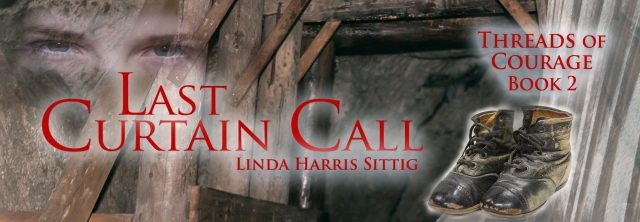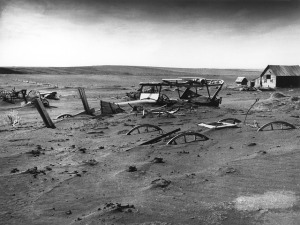
A young woman enters the pool arena, takes off her towel, and shakes her hands in an effort to calm her nerves.
When the announcer calls, she mounts the diving board and serenely walks to the front edge. One deep breath and then she catapults herself into space, tucking her body into not just one, but three forward somersaults before straightening out and diving into the blue waters of the pool—her body making a perfect entrance with no hint of a splash.
This girl is a modern Olympian, participating in a competition that dates back to 776 B.C. when the first Olympic Game was held in Olympia, Greece, to honor Zeus, the father of all Greek gods and goddesses.
The rules were different in the ancient Olympics. All the participating athletes had to be Greek citizens and could hail from every corner of the Greek empire, stretching from Iberia (modern day Spain) to the Black Sea (modern day Turkey). Athletes had to appear one month in advance of the games, in order to train, and attest that they had been practicing for the previous 10 months.
The games were always held at the first full moon after the summer solstice (approximately middle of July) and during the games a sacred truce was declared. No individual Greek city-state could start a war and no arms could be carried in the vicinity of Olympia.
And of course, the competition was open only to men.
In the beginning, the Olympiad lasted for one day and contained only one event—the stadion foot race of 600 feet. As the years progressed, the games added more events and stretched over a three-day, then five-day period. The agenda eventually grew to 18 events.
All contestants competed in the nude, perhaps to prevent clothing from slowing them down.
The ancient games included running, long jump, shot put, javelin, boxing, pankration (similar to martial arts), and equestrian events. For 12 centuries athletes walked through a special portal to enter the stadium for the main events, and the hippodrome for the equestrian races.
Events were not timed. You simply won if you beat out all the other competitors. Winners stood before a cheering crowd, estimated to be as many as 45,000 spectators sitting on the embankments around the stadium. The illustrious olive wreath was bestowed as a symbol of excellence. If an athlete broke a rule during the competition, he was then excluded from all future Olympiads.
And so the Olympics progressed for over a thousand years until in 393 C.E. when Emperor Theodosius decreed that all cult practices, including the Olympiads, be abolished.
Fast forward to 1894, Baron Pierre de Coubertin concocted the idea of re-inventing the Olympic Games. His intention was to have the modern games hosted in Paris, and he founded the International Olympic Committee. The countries that were invited, however, all voted to have the new games debut in Athens, Greece.
In 1896, after a hiatus of 1,179 years, the Olympics returned.
Women were still not allowed to participate on the grounds that they would overdevelop their muscles and prove to be uninteresting.
Ahem.
Four years later when the next round of Olympiads was scheduled to occur in Paris, France, at the 1900 World’s Fair, women athletes had won the privilege of competing.
The gold medals for women in the 1900 games went to the following:
Helen de Pourtales, Switzerland, part of the sailing team. She was 32 years old.
Elvira Geurra, Italy, competed in the equestrian events. She was 45.
Marie Ohner and Filleaul Brohy, France, competed together in croquet.
Charlotte Cooper, Great Britain, was the first woman to win in an individual event; tennis. She was 35.
Margaret Abbott, United States, won as part of the golf team. She was 23.
It would take another thirty-six years before African-American female athletes were allowed to represent the United States during the 1936 Olympics in Berlin.Then, in 1948, Alice Marie Coachman, at the age of 25, became the first African-American female athlete to be awarded a gold medal during the Olympics. She won in London for the high jump.
These women made Olympic history, not just by participating and/or winning gold medals, but by being role models for all future female athletes.
Today, every participating country sends women athletes to the Olympics and more than 40 percent of all contestants are female.
Allyson Hopkins, thank you for asking how women became involved in the Olympics.
Thank you, readers, for supporting Strong Women in History. Please pass my blog onto friends and encourage them to become followers.
Catch me on Twitter @LHSittig or my website LINDASITTIG.COM. Want to learn about my favorite strong woman? Go to http://www.amzn.com/1940553024 for my novel, Cut From Strong Cloth.
Do you have a woman to nominate for Strong Women in History? Please leave me your information in the comments section of this blog.
~ Linda ~


 Which prestigious award has been issued to 3,514 men, but only 1 woman?
Which prestigious award has been issued to 3,514 men, but only 1 woman?



 One hundred forty-six people perished in a matter of minutes in one of New York City’s most horrific fires—The Triangle Waist Company Fire in March of 1911. Most of the victims were young immigrant girls, all of them perished needlessly.
One hundred forty-six people perished in a matter of minutes in one of New York City’s most horrific fires—The Triangle Waist Company Fire in March of 1911. Most of the victims were young immigrant girls, all of them perished needlessly.